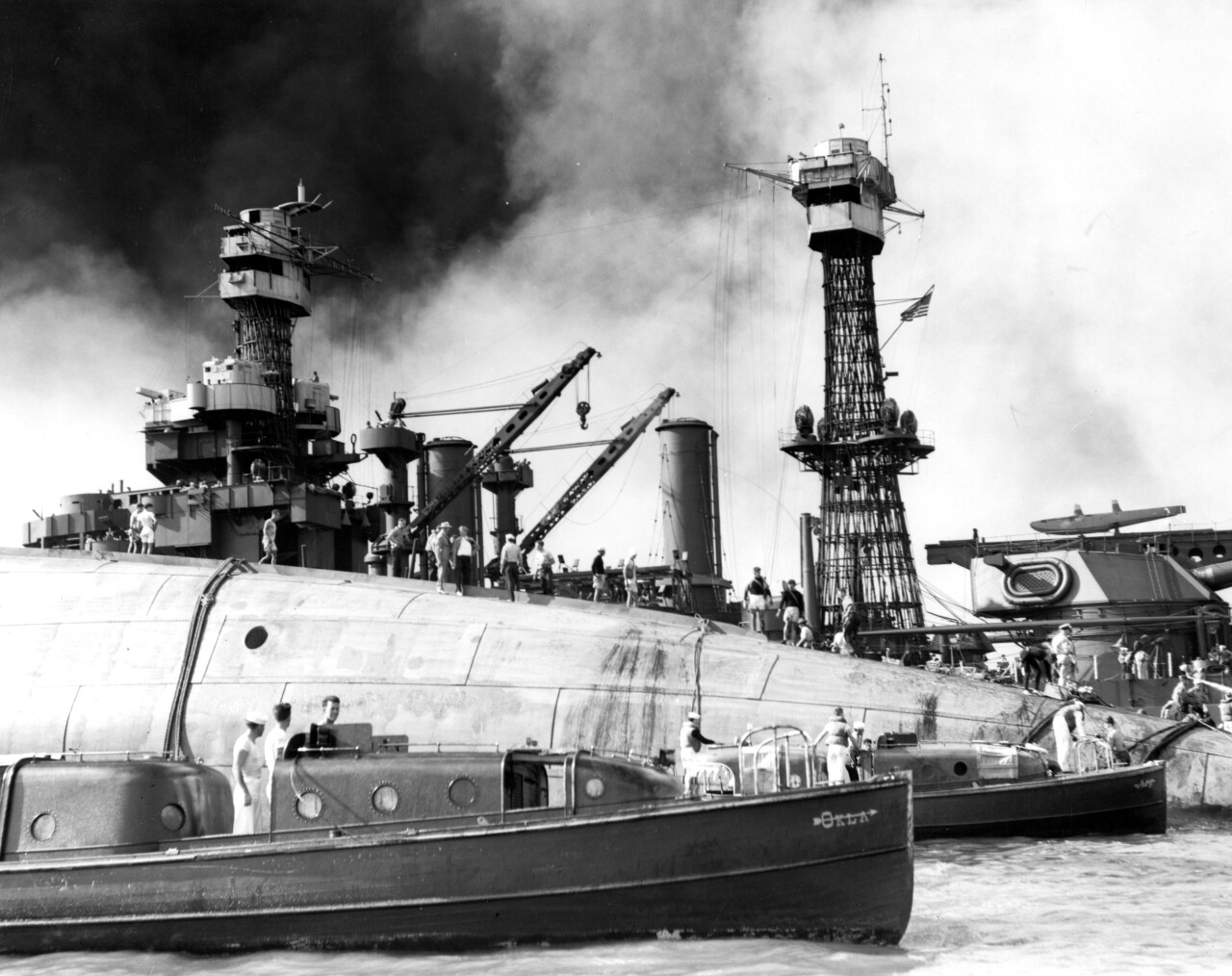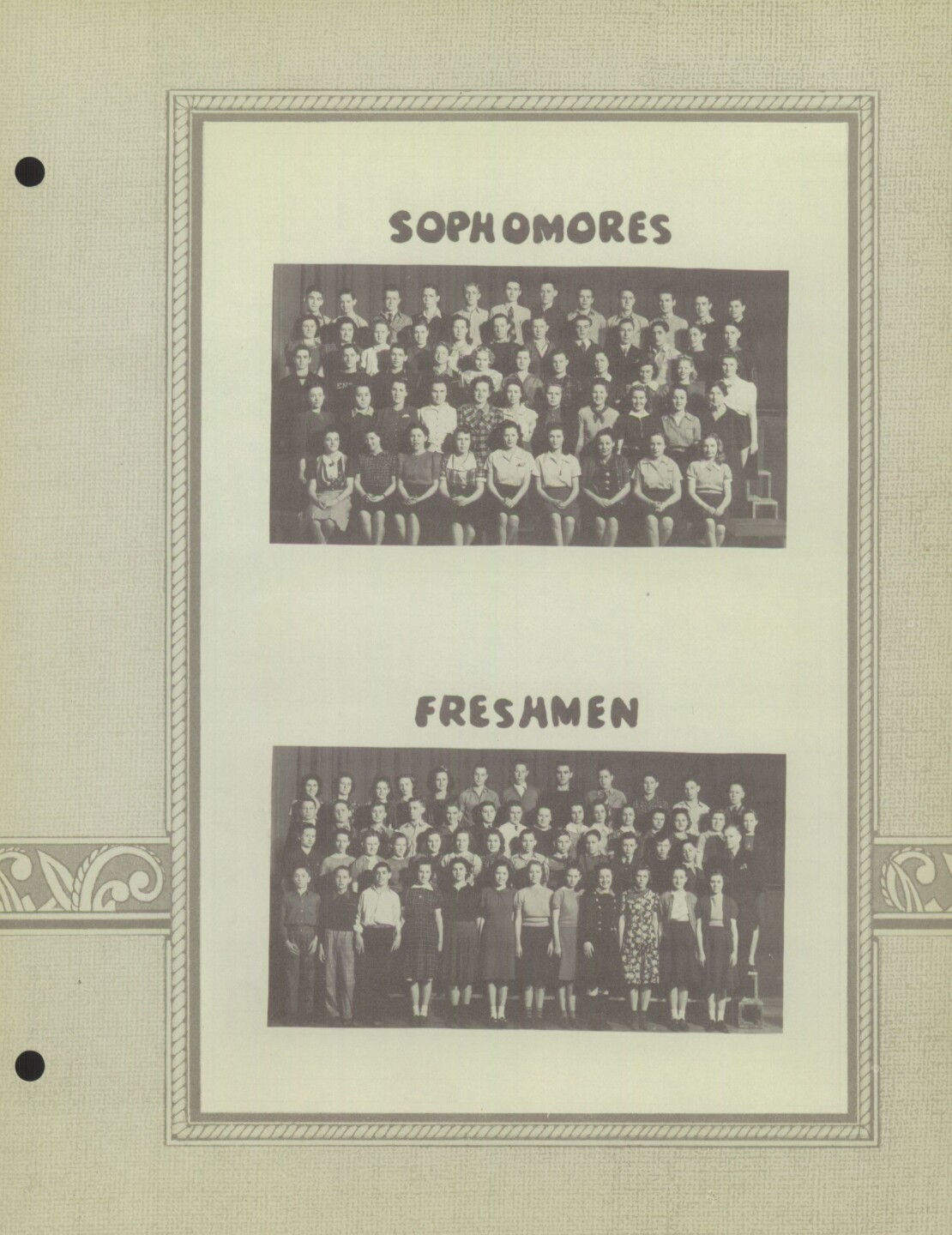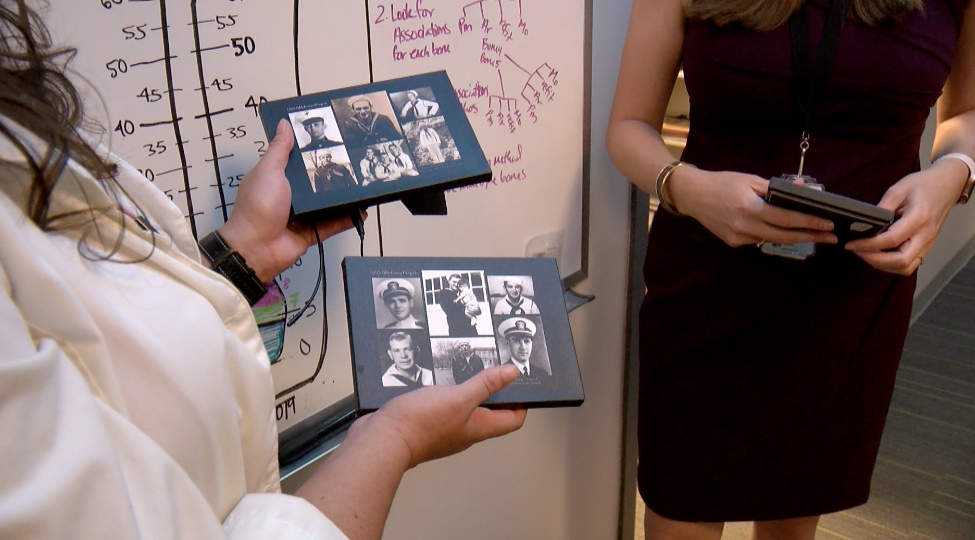PLEASANT HILL, Mo. — After 80 years of uncertainty, the remains of a World War II sailor from the Kansas City area, who was killed during the attack on Pearl Harbor, have been identified.
His name is Russell Ufford, and he was just 17 years old on Dec. 7, 1941.
On that day, the early morning sky over Pearl Harbor filled with dark, billowing clouds of smoke, somber signs of the barrage of bombs and torpedoes that destroyed six U.S. battleships.
Ufford was aboard the USS Oklahoma, which capsized during the attack.

Thirteen days later, on Dec. 20, his mother received a telegram informing her that her son, a Navy Seaman Second Class, was missing and presumed dead.
PHOTO GALLERY: World War II Navy seaman Russell Ufford
“He was always the hero in the family, even though he was killed in Pearl Harbor,” Kathy Rinehart, his niece who lives in Pleasant Hill, said through tears.
Ufford is an uncle she knows only through faded pictures and family stories, like those told by her grandmother.
“She was left wondering what happened to her son,” Rinehart said.
So were the families of the 429 sailors and marines who died aboard the USS Oklahoma.
By 1947, the military had only identified 35 of the Oklahoma’s crew. The remains of other crew members, including Ufford’s, were later buried at the National Memorial Cemetery of the Pacific.
Those sacrifices were never forgotten by their families, including Ufford’s nephew, Dan Jeffers. He’s a Marine Corps veteran.
“The reason I’m even here and allowed to wear this shirt is the fact of men like Russell, my dad, my uncles,” Jeffers said. “We would have a different country if it hadn’t been for men like that.”
The military never forgot the unidentified crew members of the Oklahoma, either.
In 2015, the Defense POW/MIA Accounting Agency exhumed their remains, and using new scientific tools, including DNA analysis, started a campaign to identify them.

“They contacted me wanting to know if I would be willing to give my DNA so they could try to trace Russell," Rinehart said. "So I sent the swab to them."
Earlier this year, military scientists finally identified Ufford’s remains.
But Rinehart didn’t know she played a pivotal role, until the KSHB 41 News I-Team showed her the document that proved her cheek swab helped solve the decades-old mystery.
“I played a small part in it, but they are the ones that did the work," she said. "They are the ones that did the searching."
Rinehart was referring to forensic anthropologists like Carrie LeGarde, who leads the USS Oklahoma Project and is stationed just two hours north of Kansas City.
The I-Team was invited inside the lab at Offutt Air Force Base in Nebraska, where Ufford and other WWII veterans were identified.

Out of respect for the veterans and their families, no pictures were taken of their remains, but scientists explained how they’re putting together the pieces of this puzzle.
“We sampled almost 5,000 bones for DNA, because that plays a really critical piece in trying to figure out which bones go together and who then those bones may be,” LeGarde said.
From there, it’s a cross-disciplinary approach.
“It’s the anthropology, it’s the dental, it’s the DNA all kind of working together with the historical records for us to get to that identification,” Katie Whitmore, a forensic anthropologist who worked on Ufford’s case, said.
So far, LeGarde and her team have identified 344 of the 394 unaccounted for sailors and Marines on the USS Oklahoma.
“For the Oklahoma, the remains are actually in very good condition, which may be because of the oil," LeGarde said. "It may have acted as a bit of a preservative for the bones on the ship."
While some clues were lost to sea, like the medical records on the ship, the bones themselves tell a person’s story.
The younger the crewmember, the easier the identification.
Ufford was the third youngest aboard the Oklahoma.

“As you age, your bones fuse together," LeGarde said, "and when you’re 17 or 18, your bones haven’t completely fused."
While LeGarde and her team never met any of the fallen heroes, their pictures dot the walls of their cubicles, putting a face to name and creating an emotional connection that fuels their efforts.
“Things like this can really push you when you’re getting into the really difficult days,” Whitmore said.
The I-Team found Ufford’s old, yellowed yearbook pictures from Center High School, which are now added to the scientists’ collection.

Ufford’s Kansas City family is forever grateful for DPAA's work and the military’s commitment to never leave a fallen comrade behind.
“These guys went 79.5 years digging and digging and digging," Jeffers said. "You’ve just got to take your hat off to those guys. That’s amazing."
As for Ufford, the young Kansas City sailor, he received a hero’s welcome when his casket landed in North Carolina last Friday.
That’s where his oldest living relative, Cecil Jeffers, lives.

Jeffers, a Marine veteran, was on hand to honor the uncle who died when he himself was just 1 year old. Alongside Cecil Jeffers was his wife Ludy, who was overcome by the emotion of a moment eight decades in the making.
“It gives closure to the family," Rinehart said. "To me, that’s important."
Other veterans were there, too, to pay their respects to the decorated sailor, who received seven medals, including the Purple Heart, and was buried with full military honors.
Inside his casket, the military placed the Navy’s blue dress uniform over the cloth bag that contained his remains. His name tag was pinned to his shirt.
In Rinehart’s eyes, it was a fitting tribute to her uncle’s legacy.
“He’s a hero,” she said.
Editor's note: A previous version of this article incorrectly stated how many sets of remains from the USS Oklahoma were originally unaccounted for. It has since been corrected.



